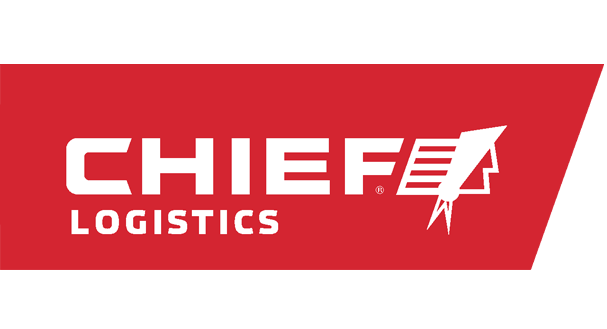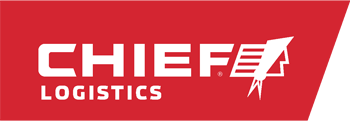Service Levels: 3PL and 4PL Compared
The primary distinction between 3PL (Third-Party Logistics) and 4PL (Fourth-Party Logistics) lies in the scope and depth of services offered. A 3PL provider primarily focuses on executing logistics operations, such as transportation, storage, and package fulfillment. In contrast, a 4PL takes a more strategic role, overseeing the entire supply chain and integrating services for end-to-end management. This includes not only the basic logistics functions but also higher-level tasks like inventory management, order management, and customs compliance.
Responsibilities in Logistics
The responsibilities of 3PL providers are more operational, concentrating on executing logistic operations effectively, timely, and cost-efficiently. On the other hand, 4PL providers adopt a strategic viewpoint, managing the overarching supply chain, which encompasses everything from storage and inventory management to shipping and delivery. They focus on designing and implementing comprehensive logistical solutions.
Outsourcing Dynamics
3PL services encompass outsourcing tasks related to packing, shipping, and tracking, while 4PL services extend to managing and coordinating a mix of third and fourth-party services. A 4PL provider acts as a central point of contact, ensuring streamlined communication and efficiency across multiple service providers.
Cost-Effectiveness and Technology
4PL providers, equipped with advanced technology and resources, offer integrated logistics management tailored to specific needs, often viewed as more cost-effective. They bring added value through operational insights, technological innovations, and industry partnerships. The sophisticated supply chain analysis and visibility offered by 4PLs allow for more effective cost tracking and service measurement.
The Importance of 3PL and 4PL in Supply Chain Management
The significance of 3PL and 4PL varies based on an organization’s needs. While 3PL focuses on providing basic warehousing and transportation services, 4PL offers a comprehensive approach, overseeing multiple logistics services for an integrated solution. This approach is increasingly vital for organizations seeking strategic advantages in scalability, cost efficiency, and risk management.
Technological Advancements in 3PL and 4PL
3PL represents a more traditional approach, emphasizing in-house infrastructure and services. Although cost-effective, it lacks the flexibility of resource allocation. In contrast, 4PL utilizes advanced technology for comprehensive supply chain management, including IoT, Big Data, and robotics, offering scalability, automation, and enhanced visibility.
Risk Management in Logistics
Both 3PL and 4PL are integral in risk management within logistics. 4PL providers typically adopt a more holistic approach, allowing for a better evaluation and management of risks across the supply chain.
Choosing a Logistics Provider
Choosing between a 3PL and 4PL provider depends on the specific needs and budget of a business. Understanding the differences between these two types of logistics services is crucial for selecting the right partner for a streamlined and effective supply chain.
For businesses exploring logistics options, consulting with both 3PL and 4PL providers can provide valuable insights and help identify the best logistics solution for future operations.







